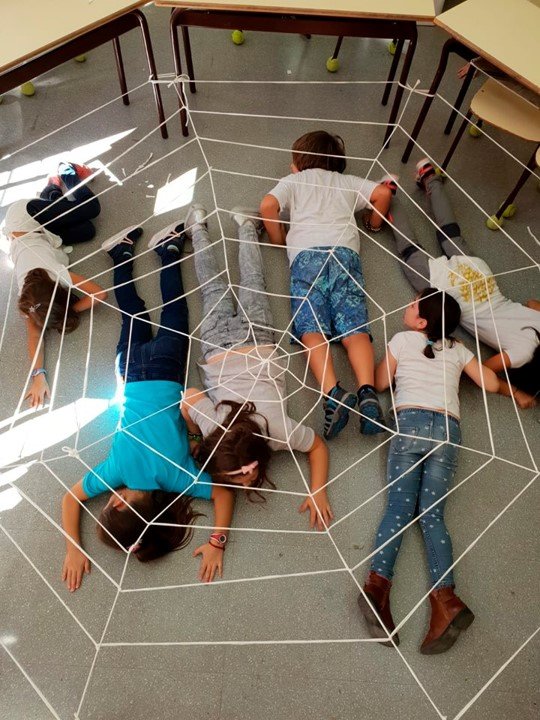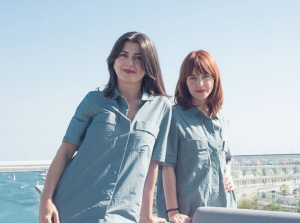Workshop with Archilectures

- 7, 14 Y 21 of November. 4h30 divided into three sessions of 1h30. Public presentation of the workshop: Saturday 28 of November, de 18h a 19h30.
- 11h a 12h30
- on-line. Video-conference. With prior registration. Limited places. 7€
Architecture is present since we are born and the way of living builds us. During these sessions of The architecture that dances, We will try to reflect on the tools for exploring space that this discipline offers us.
Session 1 -7 of November. THE BODY AS AN INSTRUMENT OF THOUGHT.
The most complex architectural body is undoubtedly the human body, which is what the dancer uses as a tool for appropriating space. In both dance and architecture space is created, is ordered and hierarchized in a composition. And both disciplines share a spatial vision and a very similar creative process., in addition to working space as raw material. The body as an instrument to apprehend the architectural space, to go through it. We reflect on the way of inhabiting the school from proprioception.
Session 2- 14 of November. INHABITING THE SPACE
We talk about educating in living. The architecture can be visited, learn, but above all it must be traveled. The perception of our body and its actions is associated with the experience of the environment, and they affect each other. We analyze some experiences of encounter between space and dance, and on how to incorporate them in school.
Session 3 – 21 of November. CHOREOGRAPHY OF THE LOOK.
By the hand of Bárbara Díaz Ríos, choreographer and dance teacher, co-director and coordinator of innovation projects and performative research, and with Eneko Lorente Bilbao, teacher and researcher in dance and visual arts, we analyze the relationships between the space, cinema and dance from the experience and research of his danced lectures.
Saturday 28 November at 6:00 p.m. a session will be held open to the general public in which materials and reflections generated in the workshop process will be shared.
Silvana Andrés. Bachelor of Fine Arts from the Polytechnic University of Valencia (UPV) in 2000. Associate professor of the Sculpture department of the UPV Faculty of Fine Arts. She has fifteen years of experience as a teacher of Plastic and Technology in Compulsory Secondary Education.. Through his classes he has the opportunity to work by project methodology and observes that architecture and art are ideal tools to work on the competencies established by the curriculum in early childhood education, primary school and high school.
Sonia Rayos. Architect specialized in Building from the Polytechnic University of Valencia (UPV) and graduated as a Building Engineer from the UPV in 1995. He studied the higher career of Classical and Contemporary Dance. One of his personal motivations is to transfer and apply the knowledge acquired in the different creative and expression areas that he has practiced in the world of childhood., from the belief that recognizing and understanding spaces contributes to being more demanding, and therefore more critical of the environment

